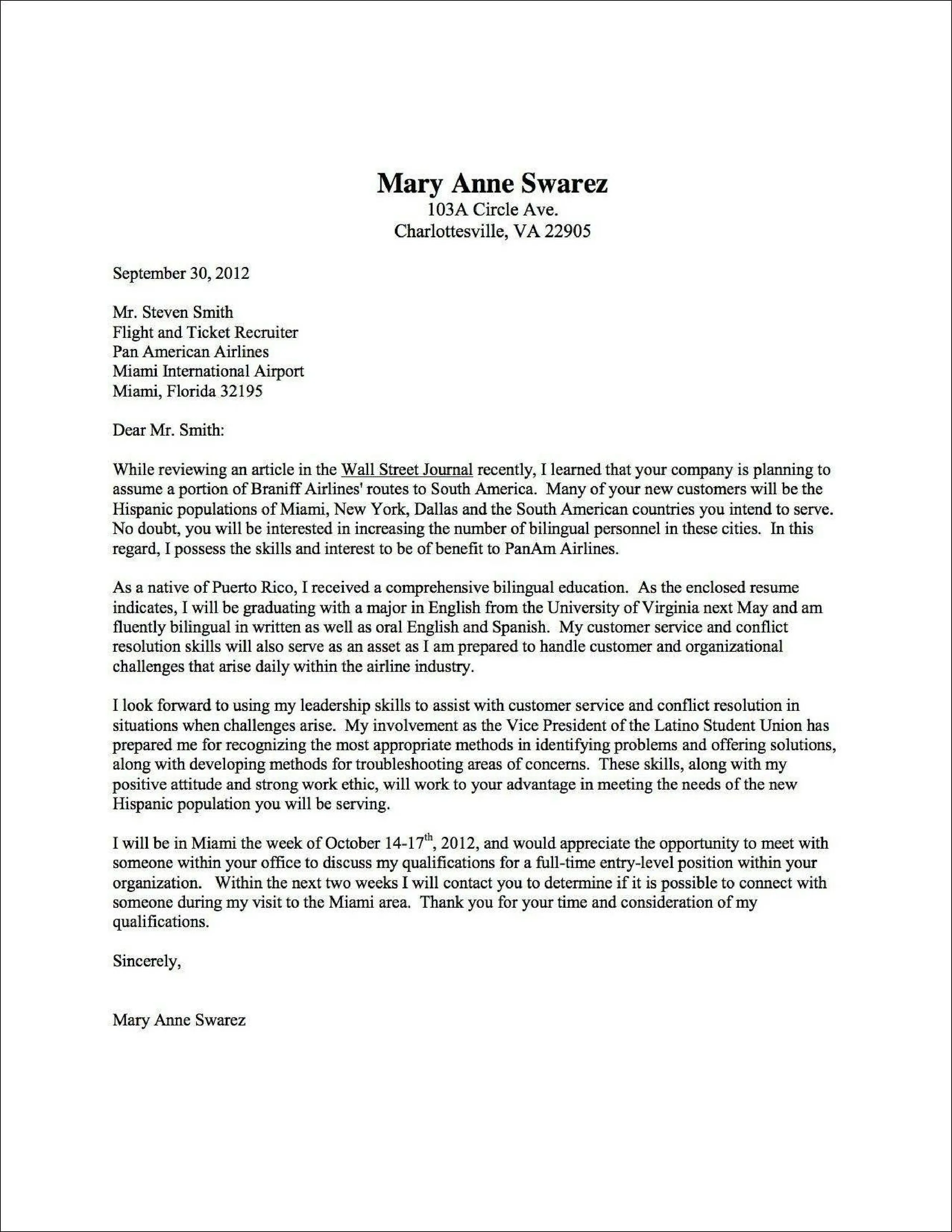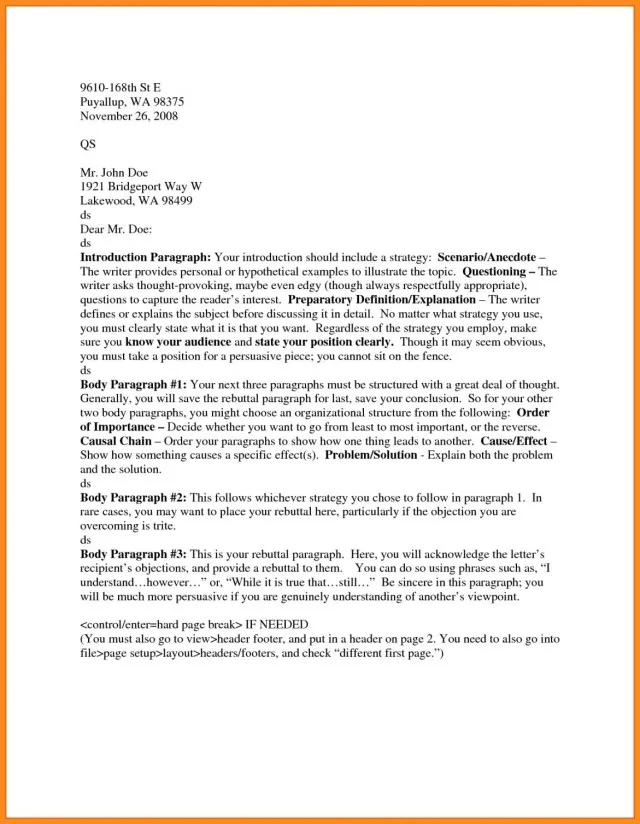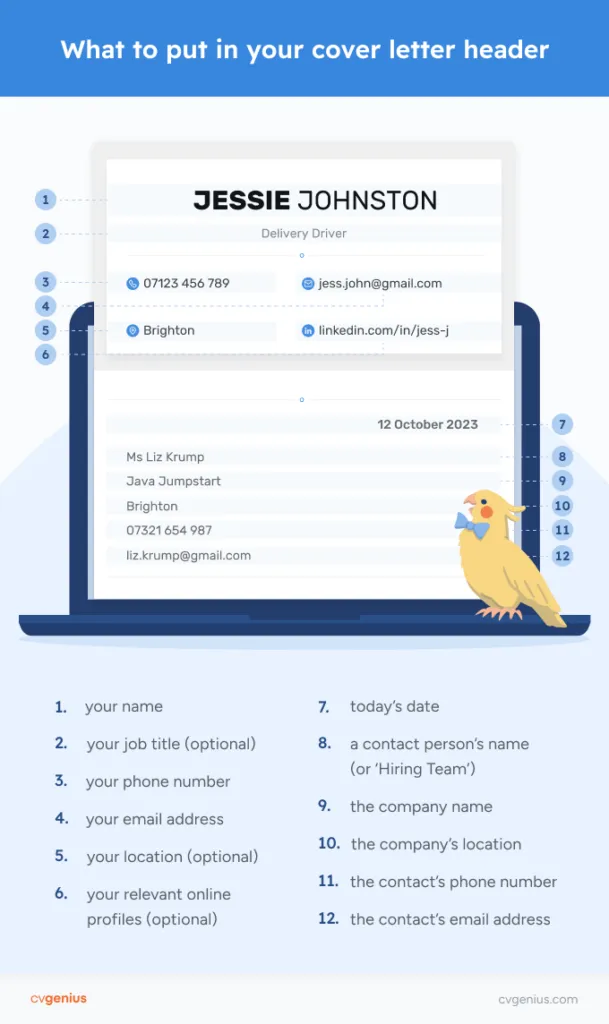Understanding the Importance of a Cover Letter
In today’s competitive job market, a well-crafted cover letter is more than just a formality; it’s your opportunity to make a strong first impression and secure an interview. Many job seekers underestimate the power of a compelling cover letter, viewing it as a mere extension of their resume. However, a cover letter allows you to showcase your personality, passion, and specific qualifications in a way that a resume often cannot. It’s your chance to tell your story, highlighting why you are the perfect fit for the role and the company. By investing time and effort in crafting a personalized cover letter, you significantly increase your chances of standing out from the crowd and landing your dream job.
Why a Cover Letter Matters
A cover letter provides context to your resume. While your resume lists your skills and experiences, the cover letter explains how they align with the specific job requirements and the company’s values. It demonstrates your understanding of the role and your enthusiasm for the opportunity. It also offers a space to address any gaps in your employment history or explain career changes. Moreover, a well-written cover letter can highlight your communication skills, attention to detail, and writing proficiency. Recruiters and hiring managers often use cover letters to gauge your personality and assess whether you’re a good fit for the company culture. This document allows them to get a feel for your communication style and to see if your writing matches their expectations of a professional.
First Impressions

Your cover letter is often the first glimpse a hiring manager gets of you. It sets the tone for how they perceive your application. A poorly written or generic cover letter can immediately disqualify you. A compelling and well-structured cover letter, on the other hand, can capture their attention from the start. It should be free of errors, personalized, and tailored to the specific job and company. A strong first impression can make the difference between getting your application noticed or ending up in the rejection pile. Ensure your first paragraph is engaging and clearly states why you are interested in the role and why you are the perfect candidate. Make every word count and ensure it presents you in the best possible light.
Key Components of a Cover Letter
A successful cover letter comprises several key elements that work together to make a strong case for your candidacy. Each component plays a vital role in communicating your qualifications and showcasing your enthusiasm for the opportunity. Understanding these components will help you create a cover letter that grabs the attention of recruiters and hiring managers.
Contact Information and Date
At the top of your cover letter, include your contact information (name, phone number, email address, and optionally, your LinkedIn profile URL). Include the date, which is the day you are sending the letter. Ensure your contact information is accurate and professional. The date helps the recipient understand when you applied for the position. This section makes it easy for the hiring manager to contact you. Ensure that your email address sounds professional; avoid using nicknames or unprofessional phrasing.
The Salutation

Start your cover letter with a professional salutation. If possible, address the hiring manager by name. Research the company’s website or use LinkedIn to find the name of the hiring manager or the person responsible for reviewing applications. A personalized salutation shows that you’ve taken the time to research the company and are genuinely interested in the opportunity. If you cannot find a specific name, use a general salutation such as “Dear Hiring Manager” or “Dear [Department Name] Team.” Avoid using outdated or overly casual salutations, such as “To Whom It May Concern.” This is the first impression you’ll have with the hiring manager.
Opening Paragraph
The opening paragraph should immediately grab the reader’s attention. State the position you are applying for and where you found the job posting. Briefly mention why you are interested in the role and the company. This paragraph should clearly convey your enthusiasm and set the stage for the rest of your letter. Keep it concise and impactful. Highlight your key skills and experiences that align with the job requirements. The goal is to make the hiring manager want to read more. Make sure to mention your most impressive qualifications from the start to draw the reader in.
Body Paragraphs
The body paragraphs are the heart of your cover letter, where you elaborate on your skills, experiences, and qualifications. Use these paragraphs to connect your accomplishments with the job requirements. Provide specific examples of how you have excelled in previous roles and how your skills align with the needs of the company. Each paragraph should focus on a specific aspect of your qualifications. Use the job description as your guide, and emphasize the skills and experiences the employer is looking for. Quantify your accomplishments whenever possible to demonstrate the impact you’ve made in past roles. This will show the hiring manager how your skills will translate to their company.
Highlighting Skills and Experience

Focus on the skills and experiences that are most relevant to the job. Refer back to the job description and identify the key requirements. Use the STAR method (Situation, Task, Action, Result) to describe your accomplishments. The STAR method is a great way to showcase your skills with evidence. For example, describe a situation you faced, the task you were assigned, the actions you took, and the positive results you achieved. This method helps you provide concrete examples and demonstrate your capabilities. Tailor your letter to each job application to show how you meet the specific requirements.
Tailoring Your Letter
Customize your cover letter for each job application. Avoid using a generic template. Research the company and the role to understand their needs and values. Highlight the skills and experiences that directly align with the job requirements. Show the hiring manager that you understand the company’s mission and how you can contribute to their success. Use keywords from the job description. Personalizing your letter shows that you’ve taken the time to understand the role and are genuinely interested in the company. The effort you put into tailoring your letter will significantly improve your chances of getting noticed.
Closing Paragraph
In your closing paragraph, reiterate your interest in the role and the company. Summarize your key qualifications and express your enthusiasm for the opportunity. Keep it brief and positive. Thank the hiring manager for their time and consideration. Mention your availability for an interview and how they can contact you. Make sure to proofread this section carefully for any errors. A strong closing paragraph leaves a lasting impression and encourages the hiring manager to take the next step.
The Call to Action

End your cover letter with a clear call to action. Express your desire to discuss your qualifications further and your availability for an interview. Make it easy for the hiring manager to take the next step. State that you’re looking forward to hearing from them soon. A call to action makes it clear that you want to move forward in the hiring process. It shows your confidence and enthusiasm for the opportunity.
Formal Closing
Use a professional closing, such as “Sincerely,” “Best regards,” or “Thank you.” Avoid informal closings like “Cheers” or “Best.” Ensure your closing aligns with the overall tone of your cover letter. After your closing, leave space for your signature (if you are submitting a hard copy) and type your full name. Always use a formal and professional closing, as it indicates your respect for the recipient and the importance of the application.
Formatting and Presentation
The format and presentation of your cover letter are essential. A well-formatted cover letter is easy to read and demonstrates your professionalism. Pay attention to the details to make a positive impression.
Font and Style

Choose a professional font like Times New Roman, Arial, or Calibri. Keep the font size between 10 and 12 points for easy readability. Use a consistent font throughout the entire document. Avoid using overly ornate or unusual fonts that might distract the reader. The font should be clear and easy to read. The goal is to make the content accessible and professional.
Length and Structure
Keep your cover letter concise, ideally no longer than one page. Use a standard business letter format with single-spacing and a consistent margin. Use clear paragraphs and organize your content logically. Break up large blocks of text with bullet points or subheadings to make it easier to read. The structure should be clear and easy to follow. Your cover letter should highlight the most important points to convince the hiring manager of your qualifications.
Proofreading and Editing
Proofreading and editing are crucial steps in the cover letter writing process. Even the most well-written cover letter can be undermined by errors. Always proofread your cover letter multiple times. Use a grammar checker to identify and correct any mistakes. Have a friend or family member review your letter for clarity, grammar, and style. Pay attention to detail, and ensure your cover letter is polished and professional. A cover letter free of errors shows respect for the hiring manager and your attention to detail.
Common Mistakes to Avoid

Avoiding common mistakes can significantly improve the effectiveness of your cover letter. Be aware of these pitfalls to ensure your application stands out for the right reasons.
Generic Cover Letters
Avoid using generic cover letters that could be sent to any company. Tailor your cover letter to each job application. Research the company and the specific role, and highlight your relevant skills and experiences. Generic cover letters demonstrate a lack of interest and often lead to rejection. Make sure your letter shows your knowledge of the company and enthusiasm for the role. The more personalized your letter is, the better your chances will be.
Typos and Grammatical Errors
Typos and grammatical errors can damage your credibility and make you appear unprofessional. Always proofread your cover letter carefully before submitting it. Use grammar checking tools and ask someone else to review it. Even a single typo can undermine your application. These errors show a lack of attention to detail. Proofreading is critical to ensuring a professional presentation.
Ignoring the Job Description
Failing to address the requirements outlined in the job description is a common mistake. Carefully read the job description and identify the key skills and experiences the employer is seeking. Tailor your cover letter to showcase how your qualifications meet those requirements. Ignoring the job description shows that you haven’t taken the time to understand the role. Make sure your cover letter is a direct response to the job description.
Final Thoughts
Writing a compelling cover letter is an art that requires careful planning and attention to detail. By understanding the key components, avoiding common mistakes, and tailoring your letter to each job application, you can significantly improve your chances of landing an interview. Remember to highlight your key skills and experiences, and showcase your enthusiasm for the role. Take the time to proofread your cover letter carefully. Your cover letter is your opportunity to make a strong first impression, so make it count.
